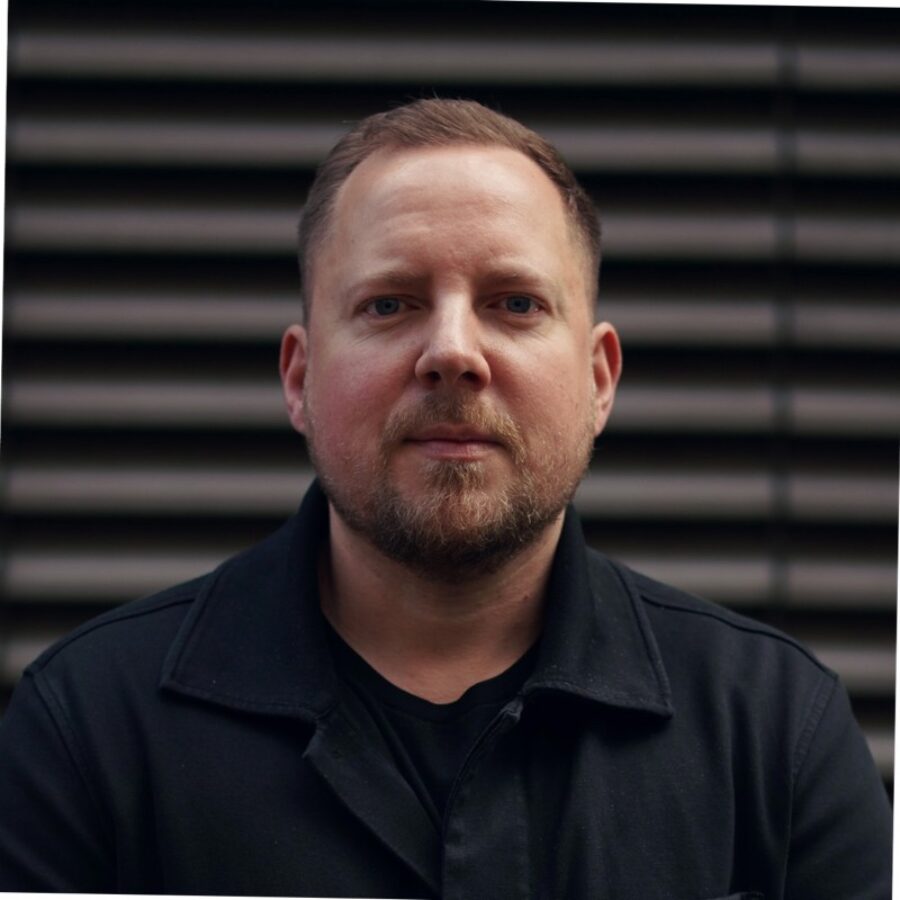Q&A with Paul Woodvine, ECD, Dragon Rouge London
Paul Woodvine recently joined us as Executive Creative Director in our London office. His career spans top roles both agency and client side, including nearly a decade spent in the USA at PepsiCO and top branding, advertising and innovation firms. We ask him a few questions to get to know him.
1.) You’ve spent many years in both London and New York. Which city generates more creativity and energy for you?
I never like to sit on the fence, but both London and New York hold a special place in my heart. London is where I began my creative journey and learned my craft. New York is where I had the opportunity to put everything into action. It was also the first time I worked on the client side at PepsiCo, which opened up an entirely new set of opportunities. From fashion exhibits with Vogue Italia to designing nightclubs in San Francisco and working on the Super Bowl halftime show. With that said, New York may edge this one.
2.) Who has been your biggest influence?
I’ve been fortunate enough to have many influential people in My life. But if we’re keeping this purely Creative, then props to Simon Parsons for showing me the ropes during my internship and demonstrating that it’s possible to do great work and enjoy doing it! Andrew Piper for giving me the confidence to believe in my abilities and Capabilities. & Seth Godin for writing the book ‘Linchpin’. This changed my perspective on everything.
3.) You’ve spent time client side in PepsiCo’s in-house design team. How do you see the role of the client-side in-house design function evolving?
In-house design teams are often responsible for managing multiple brands, initiatives, and markets, and they are usually smaller than agencies think. As an in-house team, it is challenging to tackle every brief and execute it alone, so selecting the right agency is critical.
However, many agencies view in-house design teams as their clients instead of collaborators, which creates a lack of collaboration and an “us vs. them” mentality. It is important to remember that internal design teams possess a unique blend of creative and strategic thinking, project management, and brand knowledge. They are highly skilled creatives who can contribute to the creative process. By involving them in the process, both parties can inspire one another to achieve the best possible solutions.
4.) What’s your favourite word?
Petrichor
5.) What’s your golden rule?
Not a Golden Rule but more of a Mantra – “What’s the worst that can happen?”
6.) What’s your most hated business expression?
‘Let me circle back’. Nothing good ever follows this.
7.) What’s the smartest business idea you’ve ever had?
In third place, during the birth of eBay, I tried to sell a photo retouching service for £1 per photo to enhance sellers’ photo quality, but it didn’t take off.
In second place is the invention of beer glasses that fill from the bottom up. Heineken actually adopted this innovation.
And the clear winner was building an in-house Global Experiential Design team from the ground up.
8.) Tell us a secret
I may have embellished my grades when I landed my first design role (Sorry Tim). My first class BA (Hons) was closer to a 2:2.
